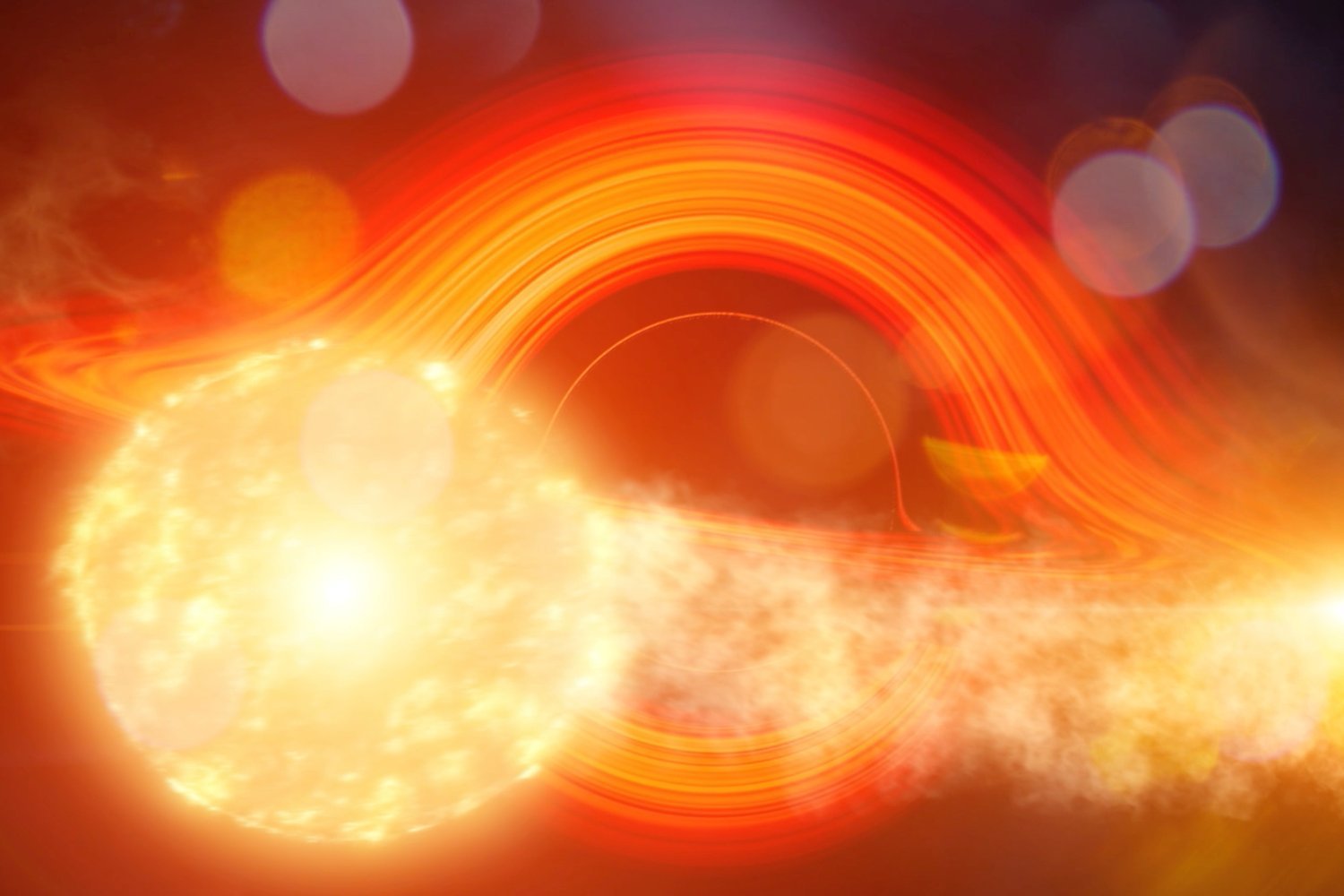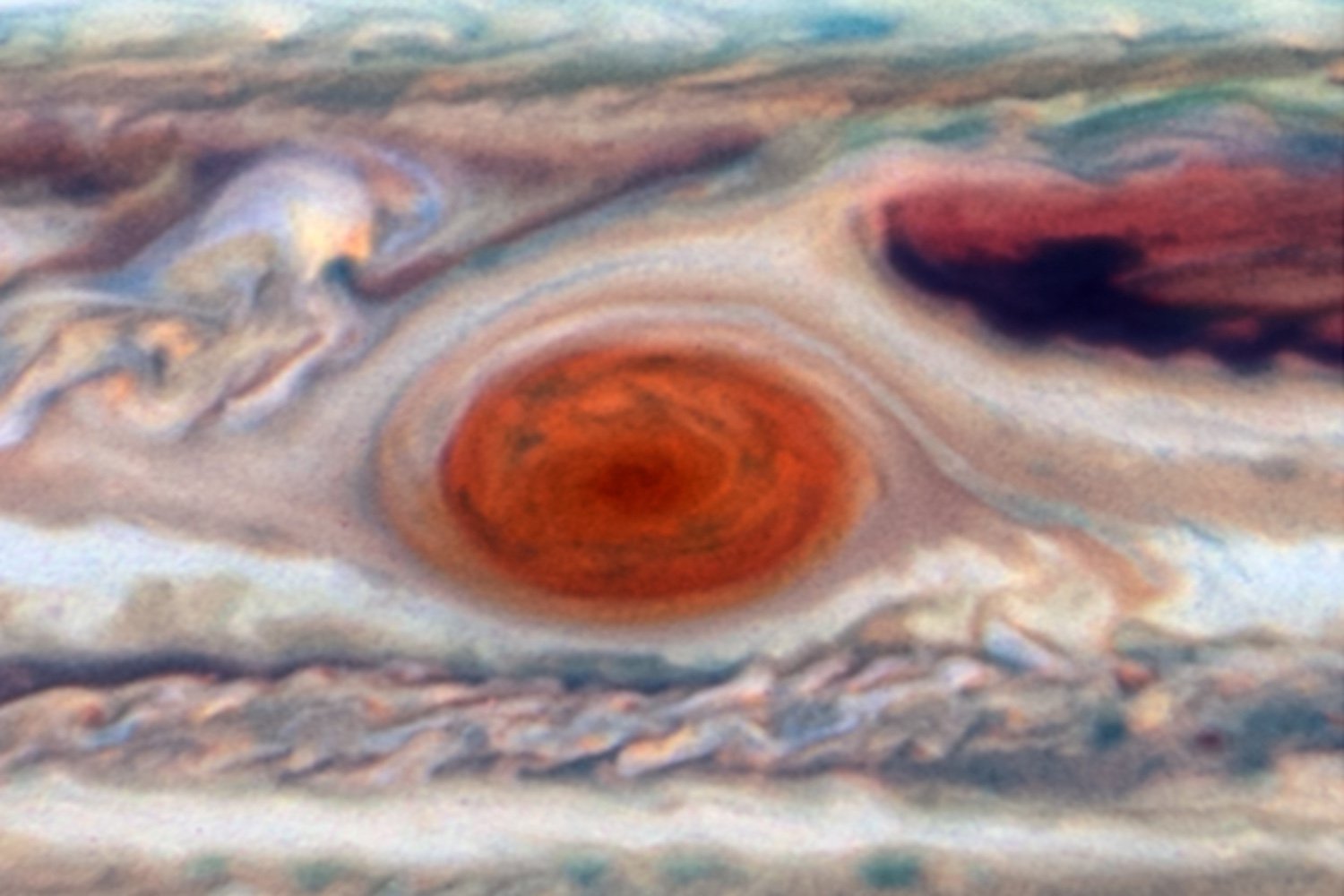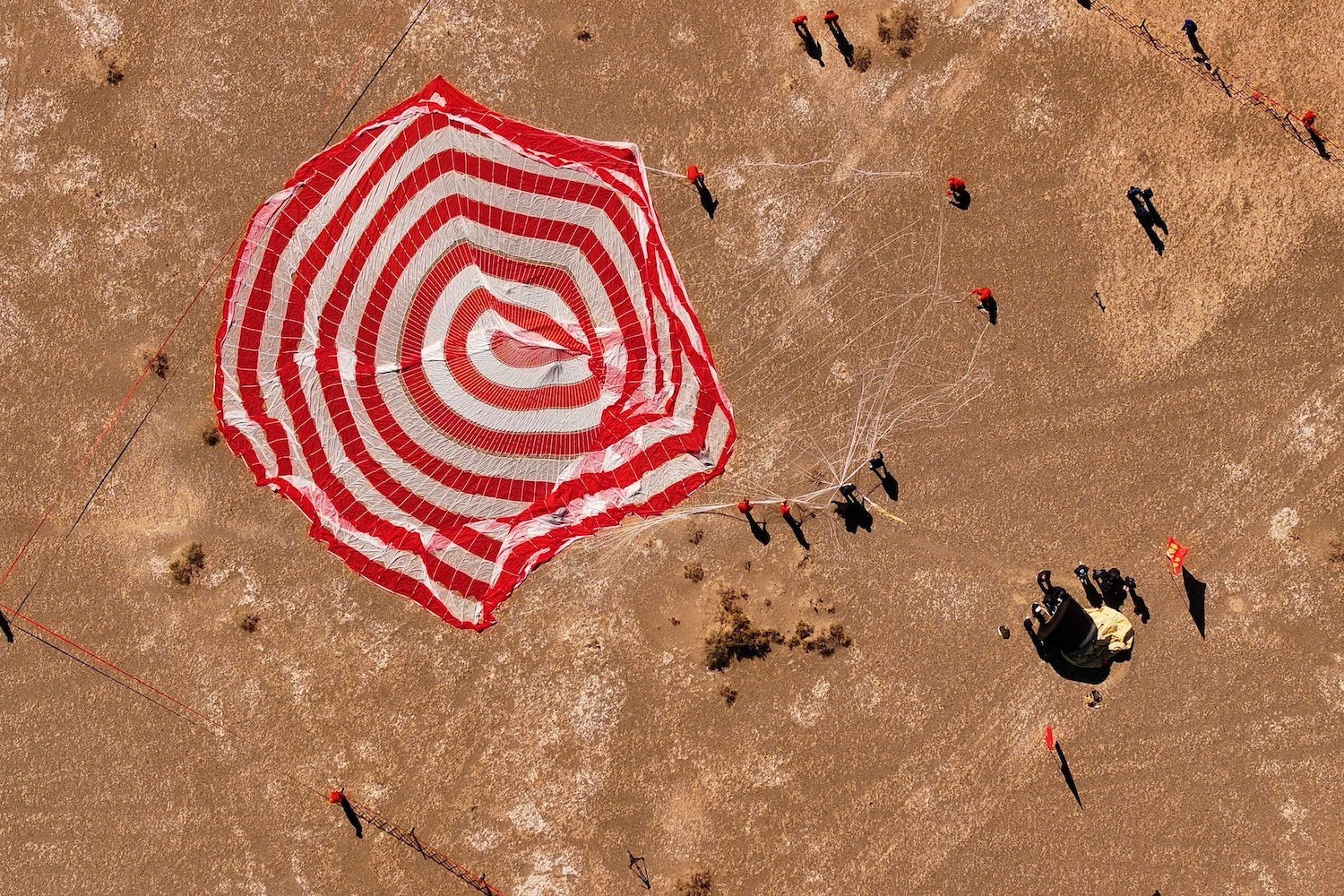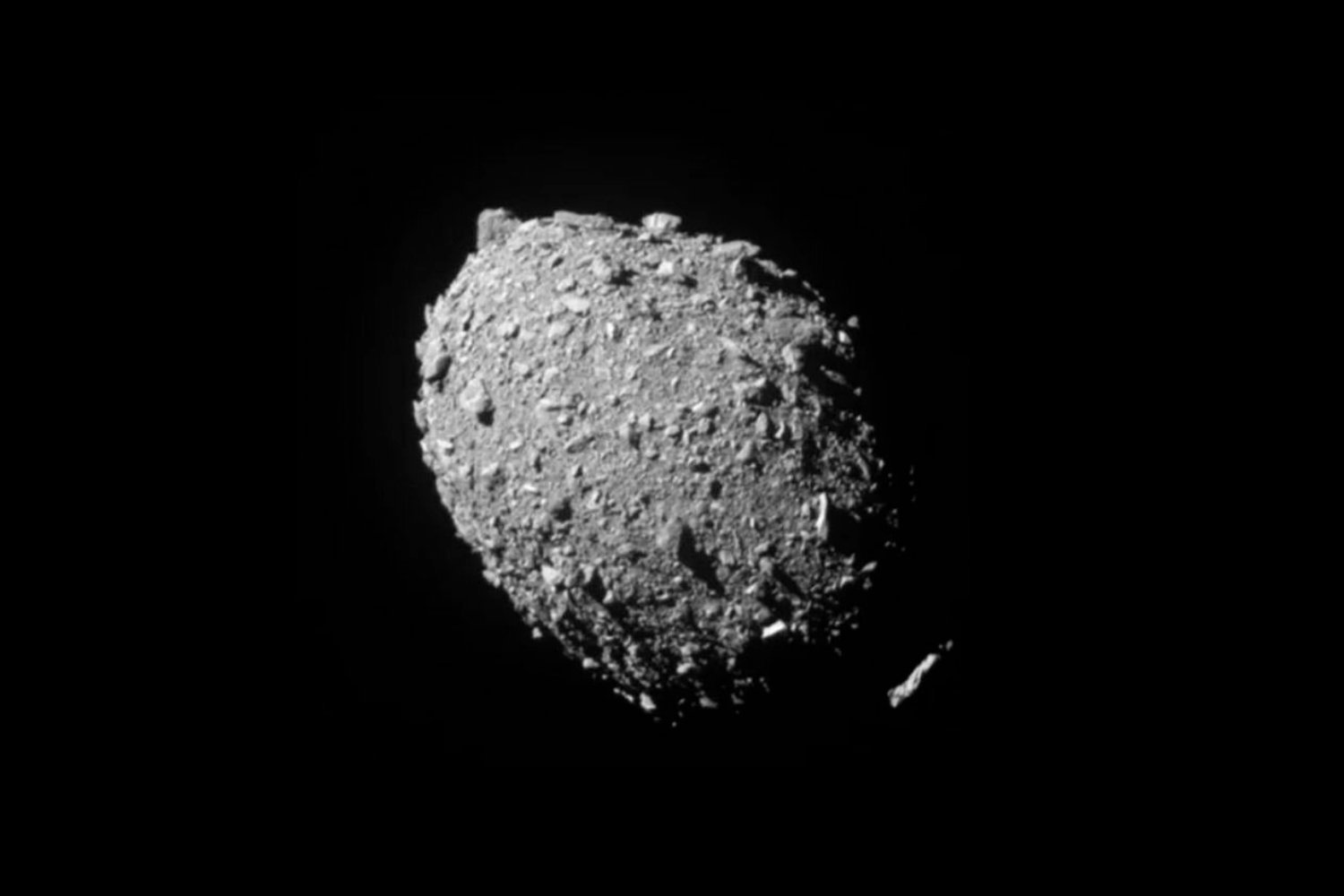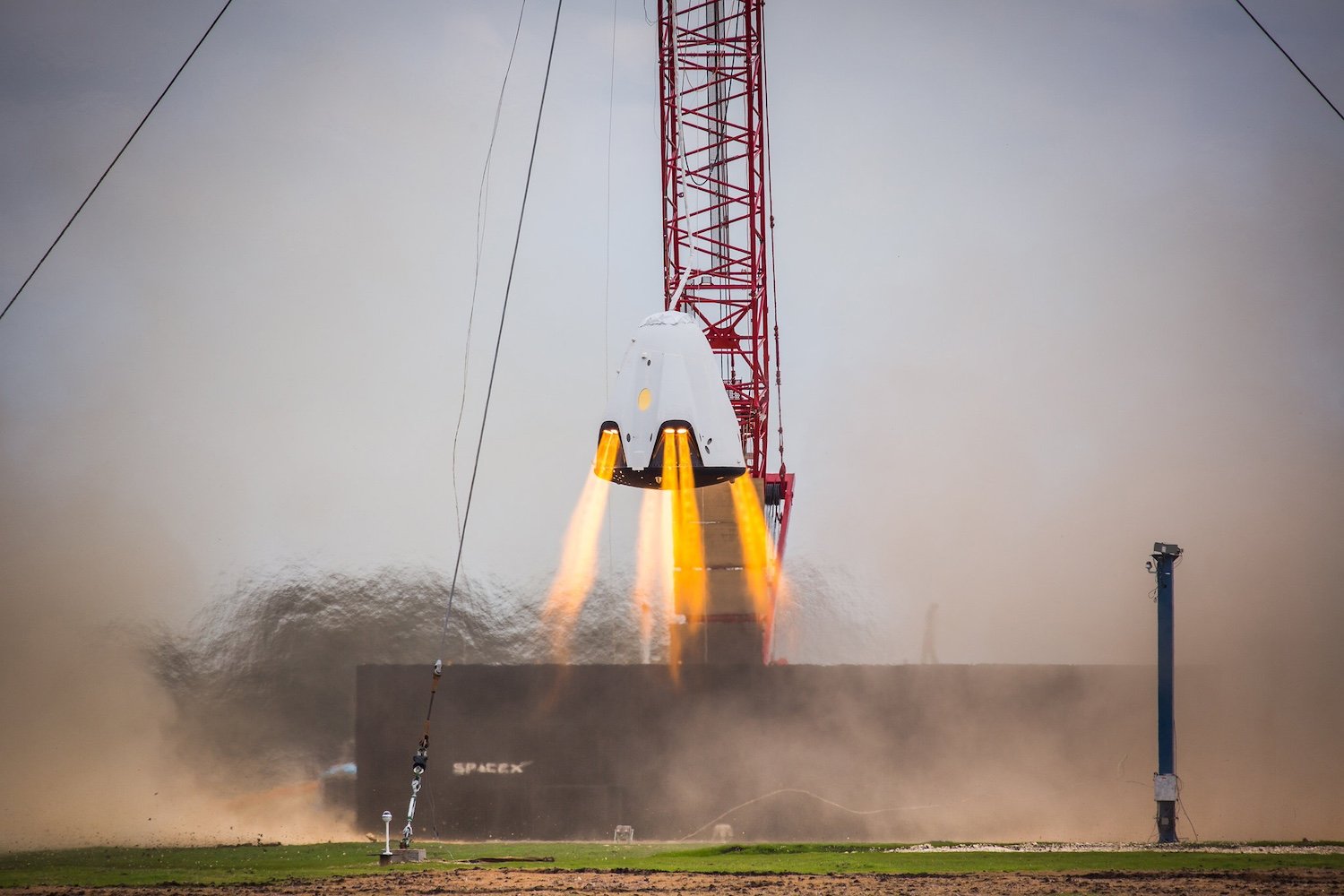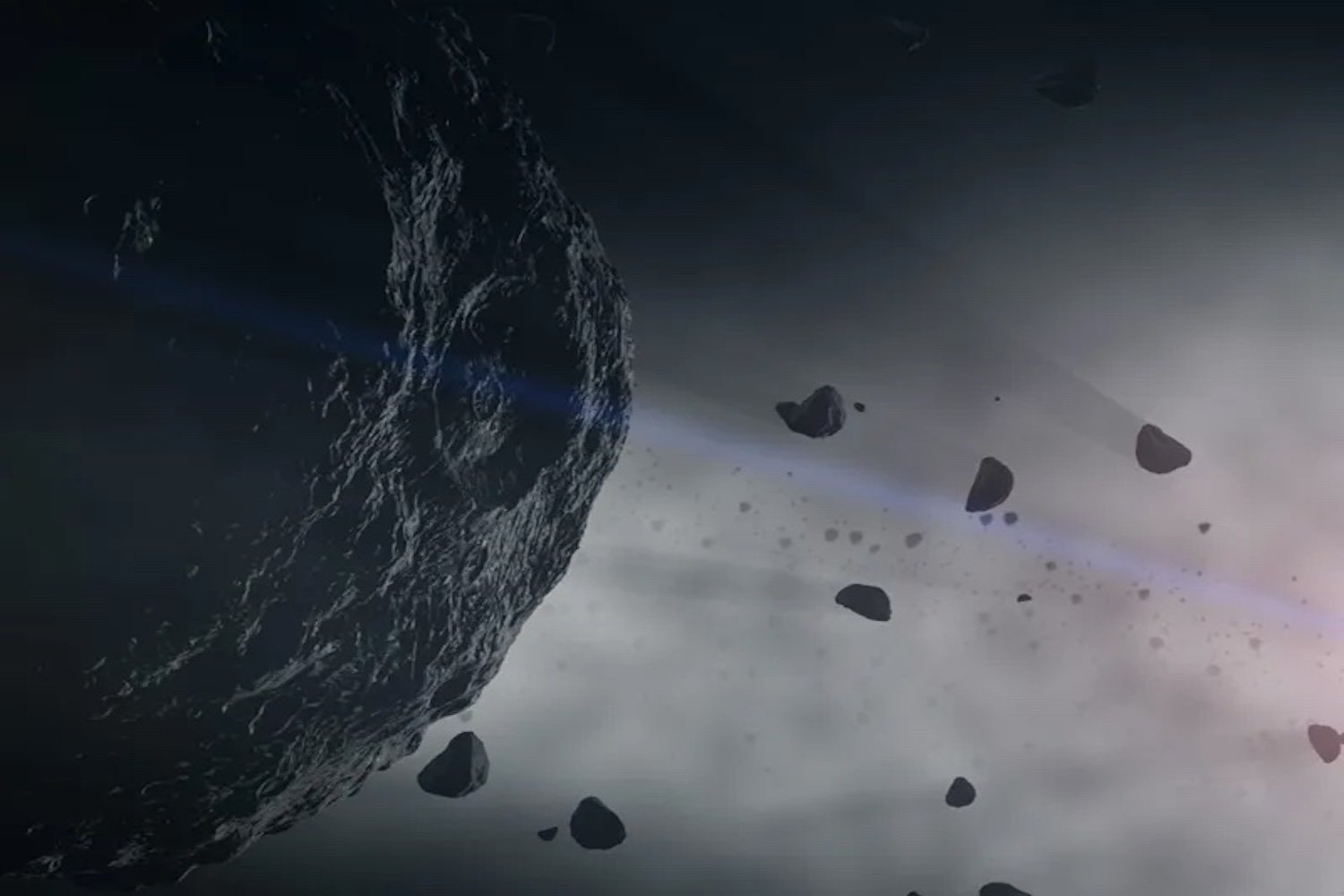A black hole has been observed engaging in a cosmic act of bullying, tearing apart a star and then using its remnants to pummel another celestial object, likely a star or a smaller black hole. This rare event, a particular type of tidal disruption event (TDE), offers valuable insights into the extreme environments surrounding supermassive black holes. The discovery links a specific type of X-ray burst to black hole behavior, potentially unlocking further mysteries of the cosmos.
This extraordinary event provides a unique opportunity to study the interplay between supermassive black holes and their surrounding stellar populations. By analyzing the characteristics of these events, astrophysicists can glean crucial information about the dynamics of these extreme environments.
Researchers recently uncovered a connection between soft X-ray bursts known as quasi-periodic eruptions (QPEs) and TDEs. These QPEs, frequent occurrences in galactic cores, were observed following a TDE designated AT2019qiz, discovered in 2019. The team’s findings, published in Nature, provide compelling evidence linking these two phenomena.
“The connection between these phenomena has been the subject of intense speculation,” explains Dheeraj Pasham, an astrophysicist at MIT and co-author of the study. “This discovery provides concrete proof, offering a ‘two-for-one’ solution to cosmic mysteries.”
Unraveling the Stellar Mayhem
A TDE occurs when an object ventures too close to a black hole, succumbing to its immense gravitational pull. In extreme cases, the star undergoes spaghettification, being stretched and ripped apart. The stellar debris then orbits the black hole, forming an accretion disk.
In 2023, the research team utilized the Hubble Space Telescope and the Chandra X-ray Observatory to gather ultraviolet and X-ray data on AT2019qiz. This allowed them to estimate the size of the supermassive black hole’s accretion disk, the swirling collection of pulverized star matter.
A Delayed Reaction
“This discovery significantly advances our understanding of the origin of these periodic eruptions,” states Andrew Mummery, an astrophysicist at Oxford University and study co-author. “We now know that there’s a delay of several years between the stellar disruption and the onset of eruptions. This is because the accretion disk needs time to expand sufficiently to encounter another star.”
Peering into the Black Hole’s Domain
Each new discovery regarding these extreme astrophysical environments enhances our understanding of the involved entities, from the stars and the accretion disk to the black hole itself. The field is ripe for further surprises, as evidenced by the recent observation of another supermassive black hole reigniting after five years of quiescence.
Future gravitational wave observatories, such as the Einstein Telescope and the Laser Interferometer Space Antenna (LISA), promise to deliver a wealth of new information about black holes. These advancements could revolutionize our understanding of the universe, from the total number of black holes to their formation, growth, and influence on the cosmos.



